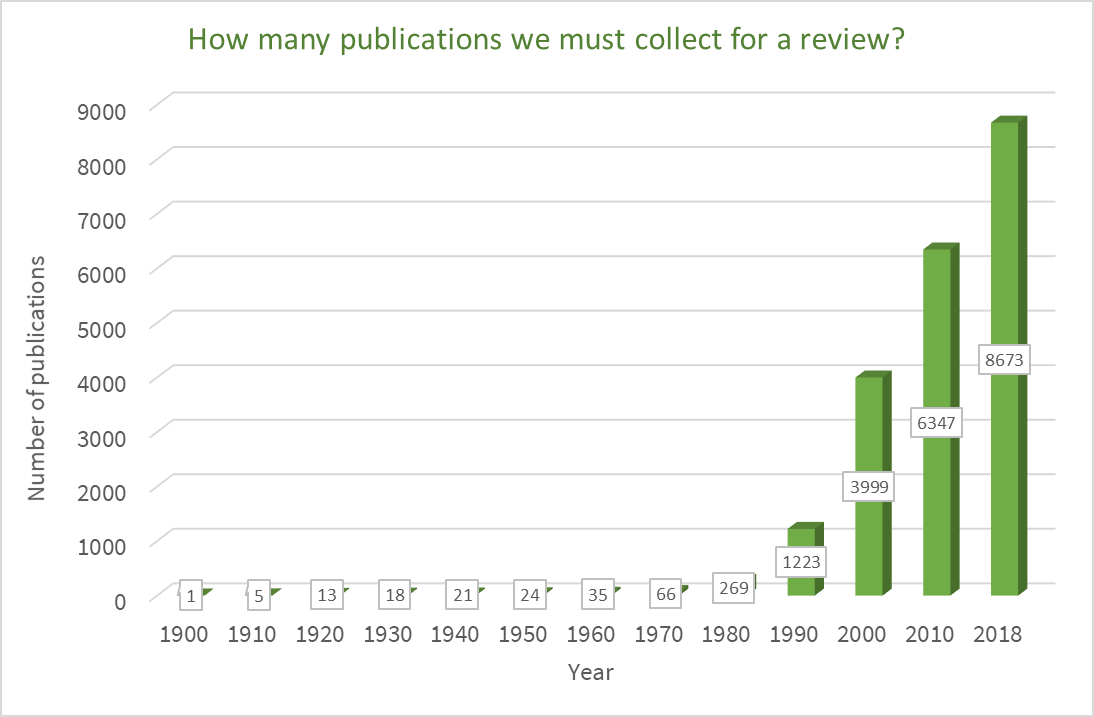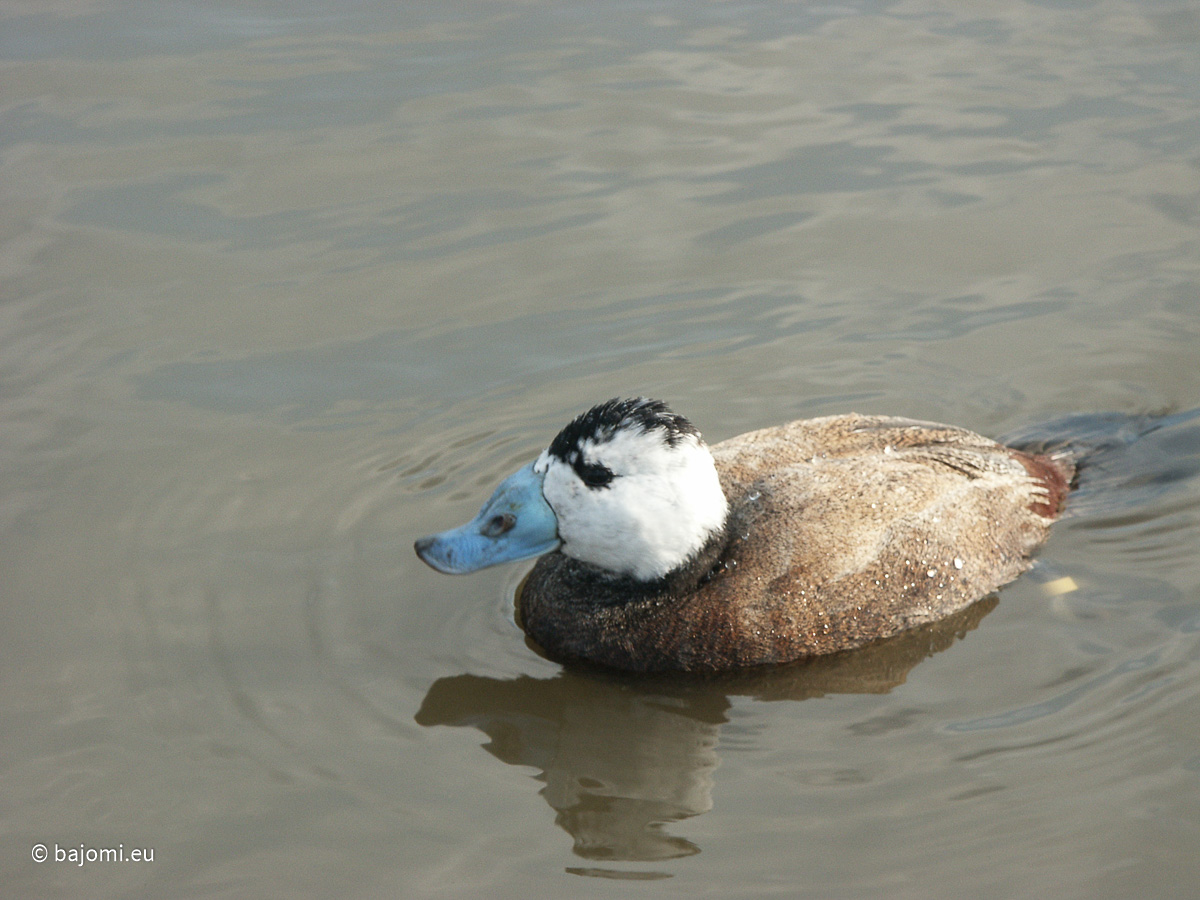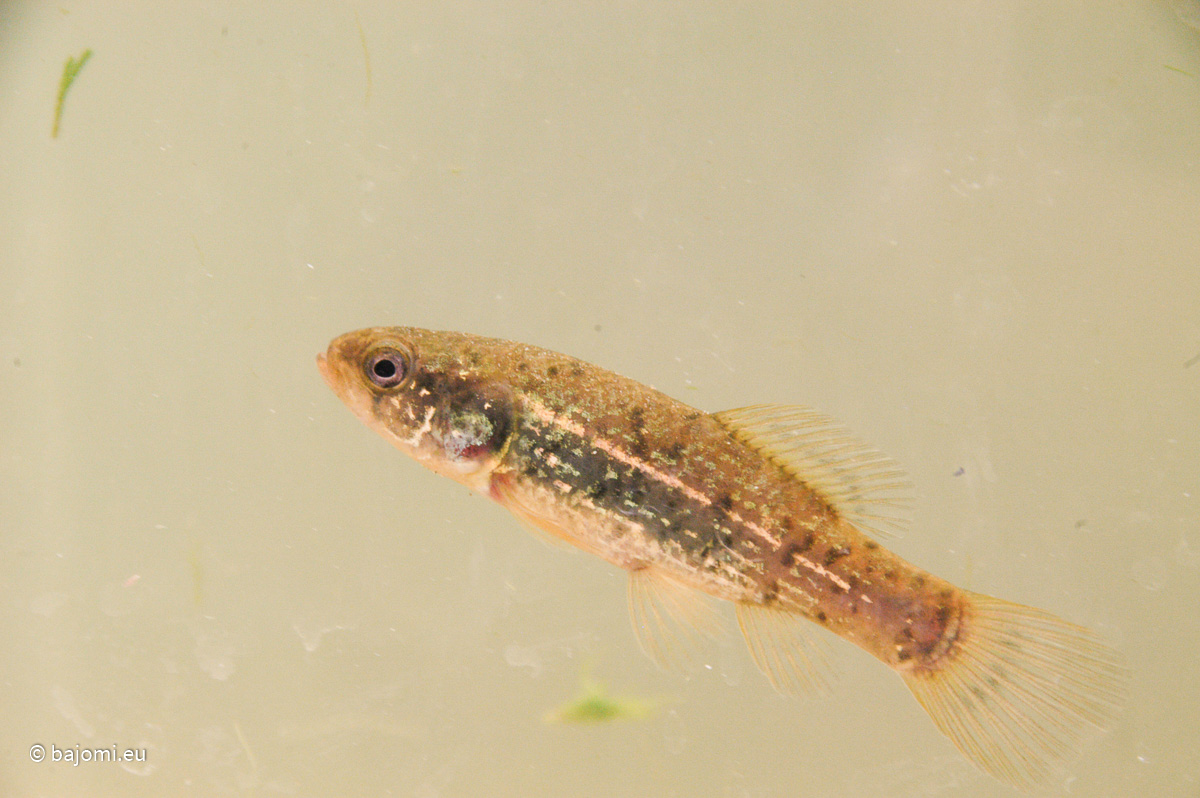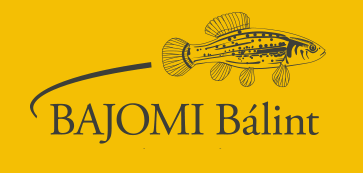I have a PhD degree in conservation biology. The key results of my dissertation are the following:
– We can observe a considerable taxonomic bias in the area of animal reintroductions. While most of the species in nature are invertebrates, vertebrate mammals and birds ‘dominate’ the reintroduction literature:

– In the whole area of natural sciences, a huge amount of data is produced today. Scientists write an enormous quantity of papers; including in the reintroductions field, where a new scientific publication is published almost every working day. It is therefore becoming more and more difficult for researchers and conservation practitioners to follow the growth of the literature relevant to their work. In science, we call “review article” when the author collects, systematizes and summerizes the available literature of a given topic. Because of the above mentioned reasons, it is becoming harder and harder to write review articles.

For more details, read our paper on these subjects!
In 2003, I graduated from ELTE, Budapest with a degree in Biology. In my thesis and my article published in Threatened Waterfowl Specialist Group (TWSG) News, I explored why the Hungarian White-headed Duck Reintroduction Programme turned out to be unsuccessful. Before completing my studies, I had already been involved in the successful reintroduction of the beaver in Hungary. Since 2001, my main research activity has been focused on the theoretical background of reintroductions in general. I continued to investigate these subjects when I was admitted to the ‘Ecology, Conservation biology and Systematics’ doctoral programme at ELTE, with András Takács-Sánta as a supervisor.

In 2007, I spent 2.5 months in the UK, in the Centre for Evidence-Based Conservation. Our article on the wide range of animal reintroduction literature, published in the scientific journal Oryx, is the result of this cooperation. Our paper also showed that the literature on reintroductions is biased in the favour of birds and mammals.
In 2011, I wrote a 54-page study on the assignment of the Danube-Drava National Park, in which I provided a broad review of the results of beaver reintroduction in Hungary. In 2012, together with my student, Tímea OLAJOS, we analysed Hungarian animal reintroduction programmes. We concluded that the use of the guidelines published by the international conservation organization IUCN increases the chances that reintroduction projects are successful. In 2013, with my student Erzsébet ÓHEGYI, we reviewed the financing of Hungarian and foreign reintroduction programmes.

Since 2011, I have been taking part in the Pilot Programme For Fen Conservation (FENCONS). The main focus of this programme is the protection, propagation and reintroduction of the European Mudminnow, a small, strictly protected fish species in Hungary. We also deal with the creation of new fen habitats where we introduce native animal and plant species. We have written a book chapter and a scientific paper about the results of this programme. The latter was published in the aforementioned journal Oryx.

I was the supervisor of these theses:
– CZINKI Zsuzsanna (2009): Conservation of the Przewalski’s Horse. (In Hungarian.) MSc.. thesis, Centre for Environmental Science, Faculty of Science, ELTE, Budapest, 65 pp.
– OLAJOS Timea (2012): Analysis of the Hungarian animal reintroductions based on the IUCN guidelines. (In Hungarian.) BSc.. thesis, Department of Conservation, Ecology and Environment – Institute of Landscape Management and the Agricultural and Environmental Sciences, Szent István University, Gödöllő, 59 pp.
– ÓHEGYI Erzsébet (2013): Financing of the animal-reintroduction programmess (In Hungarian.) MSc.. thesis, Conservation Engineering Master Degree, Agricultural and Environmental Sciences, Szent István University, Gödöllő, 86 pp.
– CZINDER Móni (2020): Underpinning with biodiversity data the legal protection of Hosszúrét hillside, Budapest. (In Hungarian.) MSc. thesis, Conservation Engineering Master Degree, distance learning school, Agricultural and Environmental Sciences, Szent István University, Gödöllő, 67 pp.
I have done peer-review for the following scientific journals (Journal Impact Factor in parentheses):
– Animal Conservation (IF: 2.524)
– Biological Conservation (IF: 4.036)
– Conservation Biology (IF: 4.32)
– Conservation Letters (IF: 7.241)
– Journal of Applied Ecology (IF: 5.78)
– Knowledge and Management of Aquatic Ecosystems (IF: 1.217)
– Oryx (IF: 2.052)
– Természetvédelmi Közlemények (Hungarian language journal with no Impact Factor)
